Sponsored by Kinki District Transport Bureau
Matcha (green tea) in Japan is more than an ice cream flavor or a style of latte at a trendy cafe. It is a component of the tea ceremony, a deeply spiritual ritual that is practiced at the level of an art form in Japan. Throughout history, certain individuals have had a tremendous impact on the practice of tea ceremony, but none so significant as Sen no Rikyu. A native of Sakai, Osaka Prefecture, his fascinating story inspired a novel and several films, but his life can be best discovered here, in his hometown.
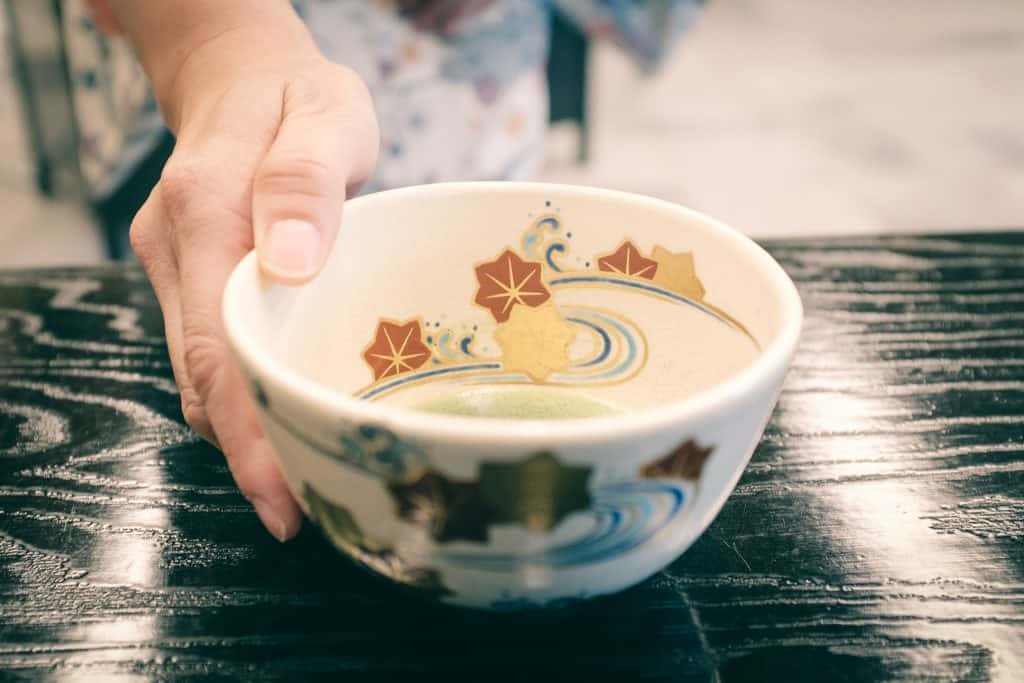
Sen no Rikyu, the key figure in the tea ceremony
Born in Sakai in 1522, Sen no Rikyu was a Buddhist monk with extensive knowledge of the practices of the tea ceremony. A close advisor to the Emperor, he contributed to the tea ceremony by incorporating principles from the philosophy called wabi-sabi, the idea that there is beauty in imperfection and impermanence. He is the best-known tea master of Japan and millions of current practitioners of tea consider themselves his followers.
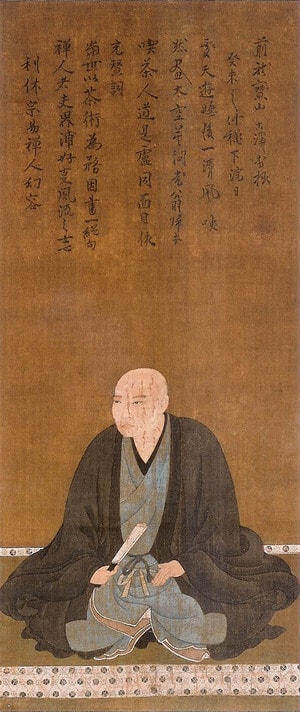
Wabi-sabi is derived from the principles of Zen Buddhism, a philosophy but also an aesthetic and spiritual belief that emphasizes nature, the passage of time and the work of man. It is an ode to simplicity and the search for beauty in imperfection. Sen no Rikyu was not the originator of wabi-sabi, but he was the first to apply his principles to the tea ceremony, giving birth to wabi-cha (meaning tea in Japanese), stripping down the ceremony, including its location and tools, to a bare minimum in order to focus the meaning on the relationship between host and guests. He is also at the origin of raku pottery, a form of very crude Japanese pottery that he used for his tea ceremonies.
Sen no Rikyu ended tragically; he ended his life by committing suicide at the request of his tea disciple Toyotomi Hideyoshi, the leader who unified Japan, for reasons that are still a mystery. His life inspired the famous author Yasushi Inoue to write a biography about him.
Visit the house of Sen no Rikyu
In the heart of the huge Sakai Park, you can visit Sen No Rikyu’s home. This is a Japanese house with its own traditional garden and you can enter this historic place to enjoy tea.
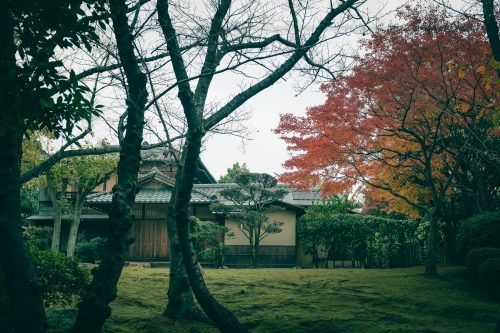
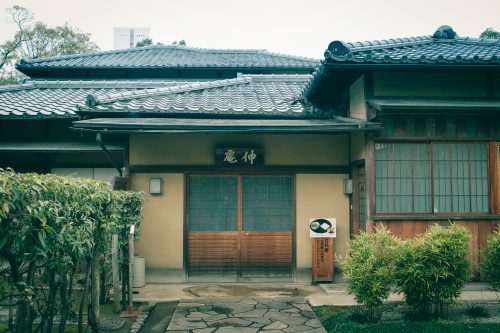
It’s difficult to think of a more appropriate place to enjoy a cup of matcha. The tea powder, ground as fine as dust, is blended with water into a frothy green mixture using a bamboo tea whisk. For 300 yen, you will enjoy a cup of matcha and two small Japanese sugar-based pastries.
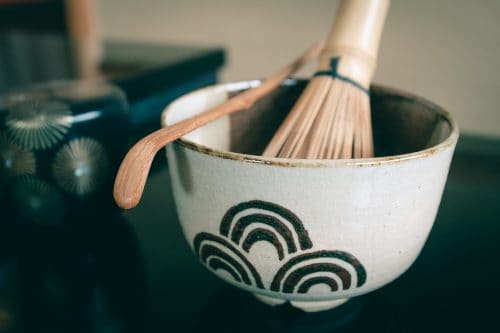
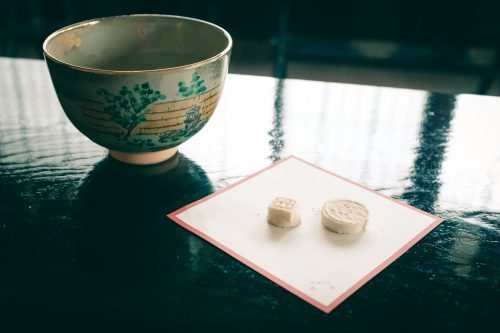
The tea ceremony is very ritualistic, and there are certain procedures to respect when you participate. You have to turn the bowl in the hands twice a quarter of a turn each time, so the side facing you when it is served is facing the host when you drink it. This shows respect to the host by turning the most beautiful side of the bowl, shown to you when served, back toward the host as you drink it.
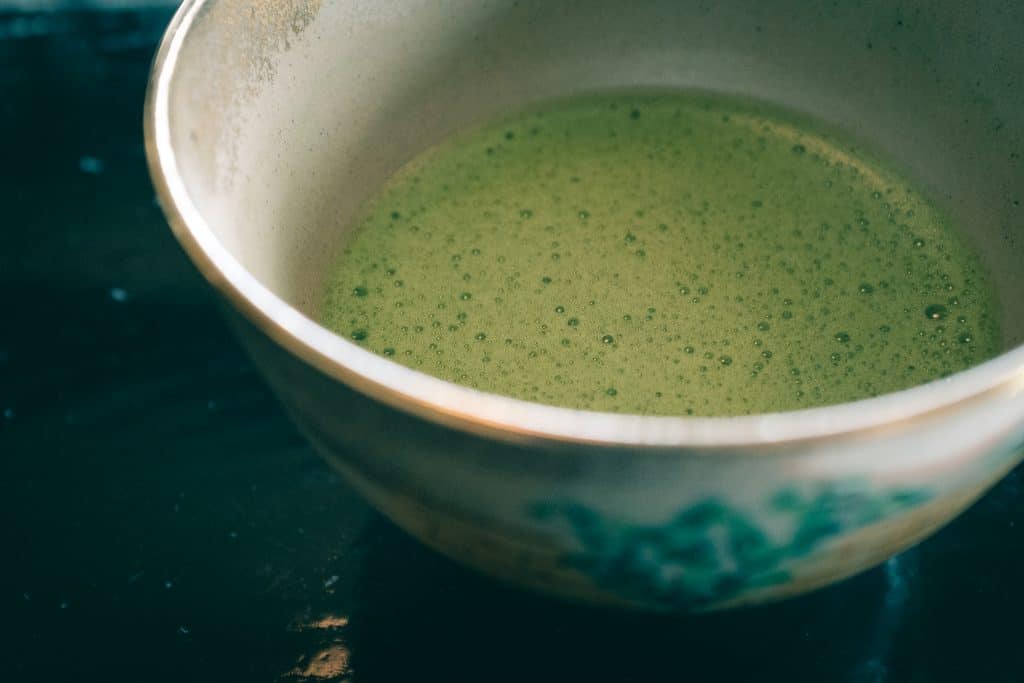
When you are finished, turn the bowl back again before placing it on the surface between you and the host. A booklet in English is distributed to you before you participate, so you will have plenty of time to understand how to do it before drinking your tea.
The Sakai Plaza of Rikyu and Akiko, a museum dedicated to important figures of Sakai
If you want to attend a real tea ceremony, you can go to the Sakai Plaza of Rikyu and Akiko. This museum is dedicated to two of Sakai’s most iconic figures: Sen no Rikyu, an influential master of tea, and Akiko Yosano, a poet who was among the first Japanese feminists.
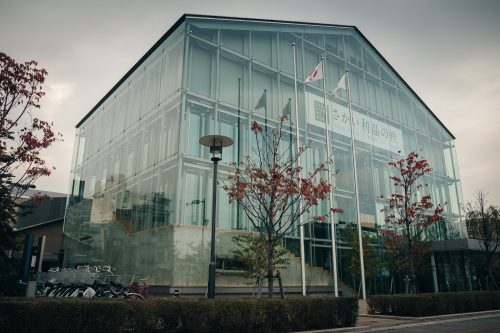
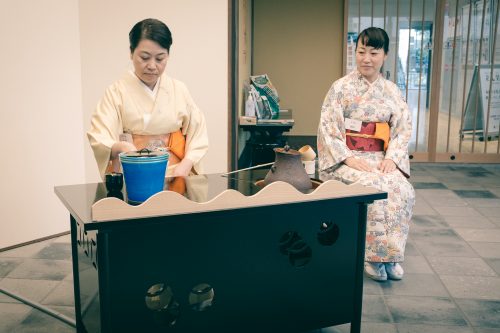
Here you will be able to observe the precise and ritualized processes of the tea ceremony. Japanese women dressed in kimono carefully mix the matcha powder with hot water, using the simple yet elegant motions taught the same way for centuries.
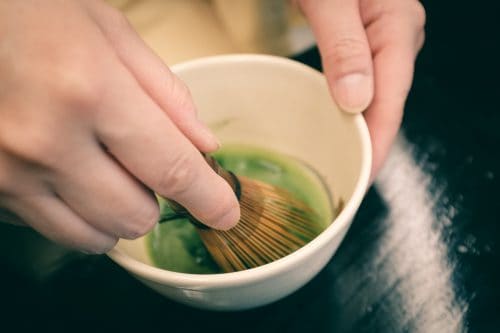
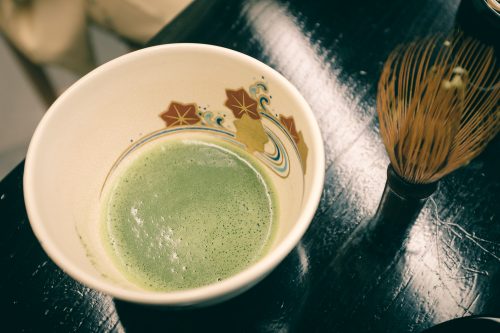
The tea becomes a foamy mousse that pleases the palate when you drink it. But matcha is also a strong tea with a slightly bitter aftertaste. We are actually eating the tea leaves, rather than the more traditional method of straining liquid through tea leaves to extract the flavor. The matcha is fascinating to observe; we can see the millions of matcha particles create a beautiful dark green color that is plucked from the hues of nature.
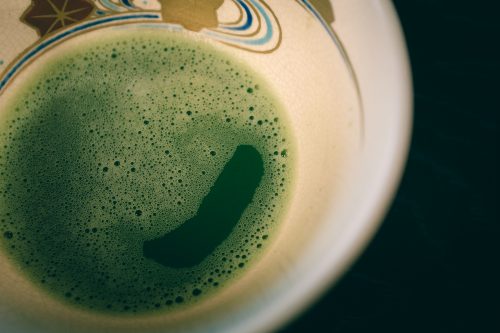
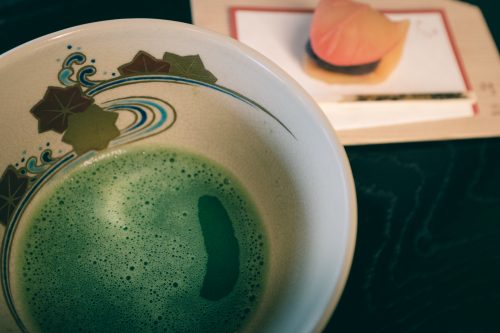
The wagashi is a small Japanese sweet whose appearance changes according to the seasons. The highly sweet taste of wagashi is designed to balance the bitterness of the matcha.
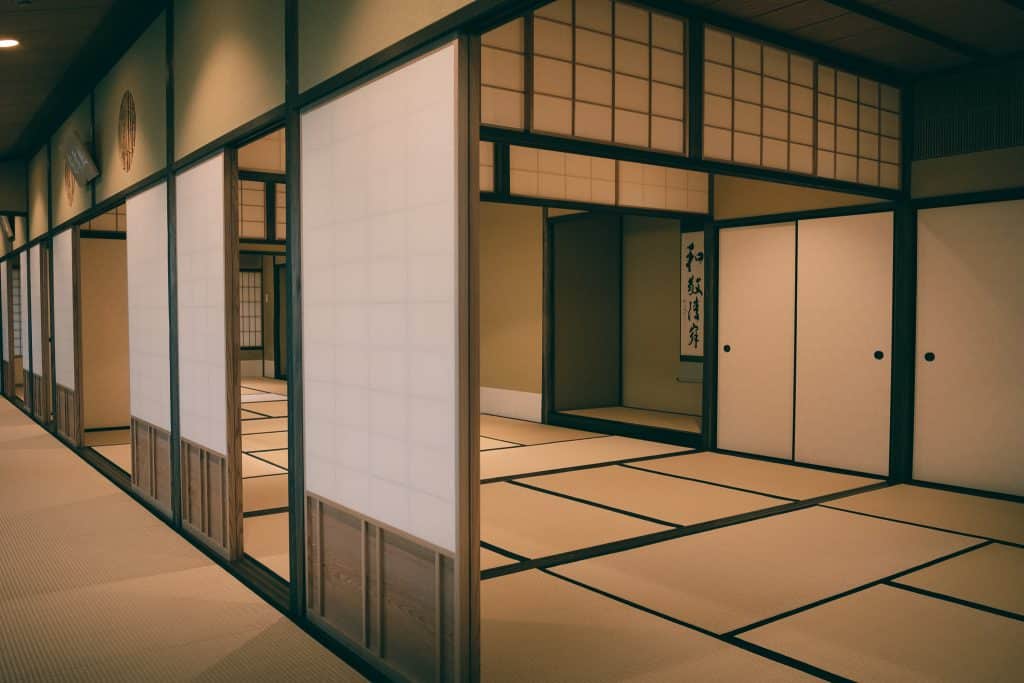
The tea ceremony that is performed at the museum takes place in a normal room. Traditionally, we attend the tea ceremony in a special room on the tatami mat floor. The Sakai Plaza of Rikyu and Akiko has a reproduction of one of Sen no Rikyu’s tea rooms. The original is in Kyoto and is a national treasure. It is possible to visit this reproduction and soak up the Zen atmosphere of a tea room.
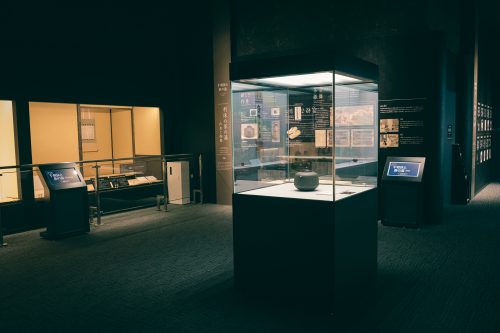
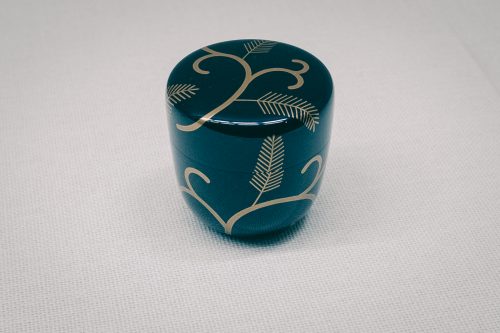
A film tells the story of Sen no Rikyu and the importance of tea to Sakai. There are also several important historic objects exhibited in Sen no Rikyu. Part of the museum is also devoted to Akiko Yosano, so it’s an opportunity to discover the life of this remarkable poet from Sakai.


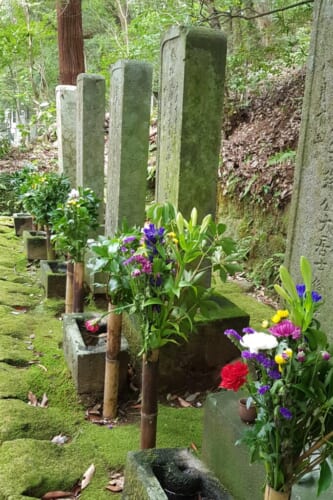
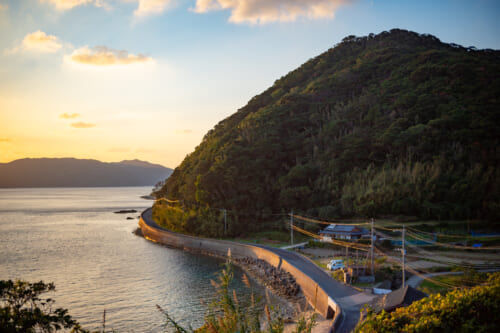

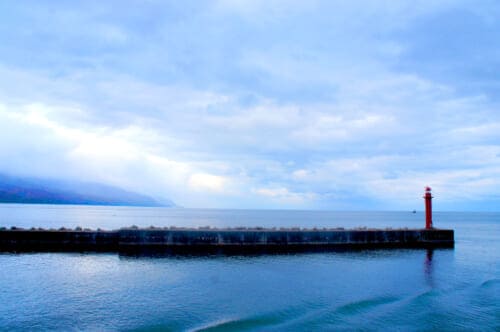
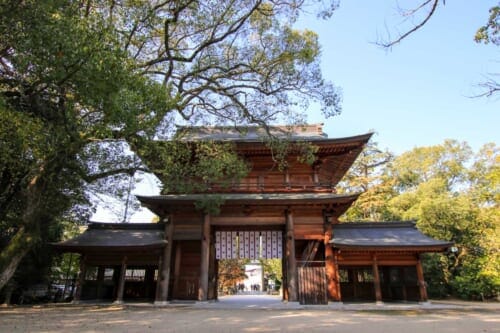
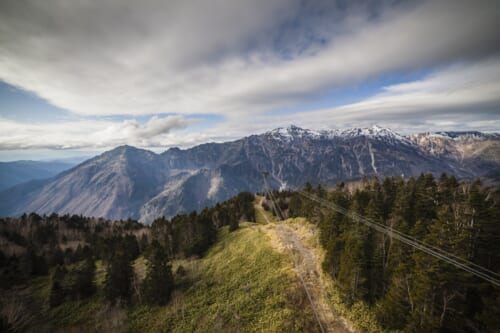


It was precisely because Rikyu was neither a noble or a monk, that he was not permitted to assist Hideyoshi in the presentation of tea at court before the the emperor. It was through the intercession of Hideyoshi that the emperor bestowed the name Rikyu, indicating a Buddhist layman, not a monk, on Sen no Tanaka. It would have been logical to name the founder of wabi-sabi tea as Murata Shuko, rather than to keep the reader guessing. Rikyu admired much of Korean culture and it was the Korean potter Chojiro, not Rikyu, who brought the technology of quickly wood-firing cups wrapped in straw and plunging them into rice chafe and later water to produce simple Korean rice bowls of deep black with natural designs made by the wind and ash of the kiln, to Rikyu and founded the artisan household of Raku pottery which practices to this day as one of seven artisans of tea necessities to the three households of Sen.